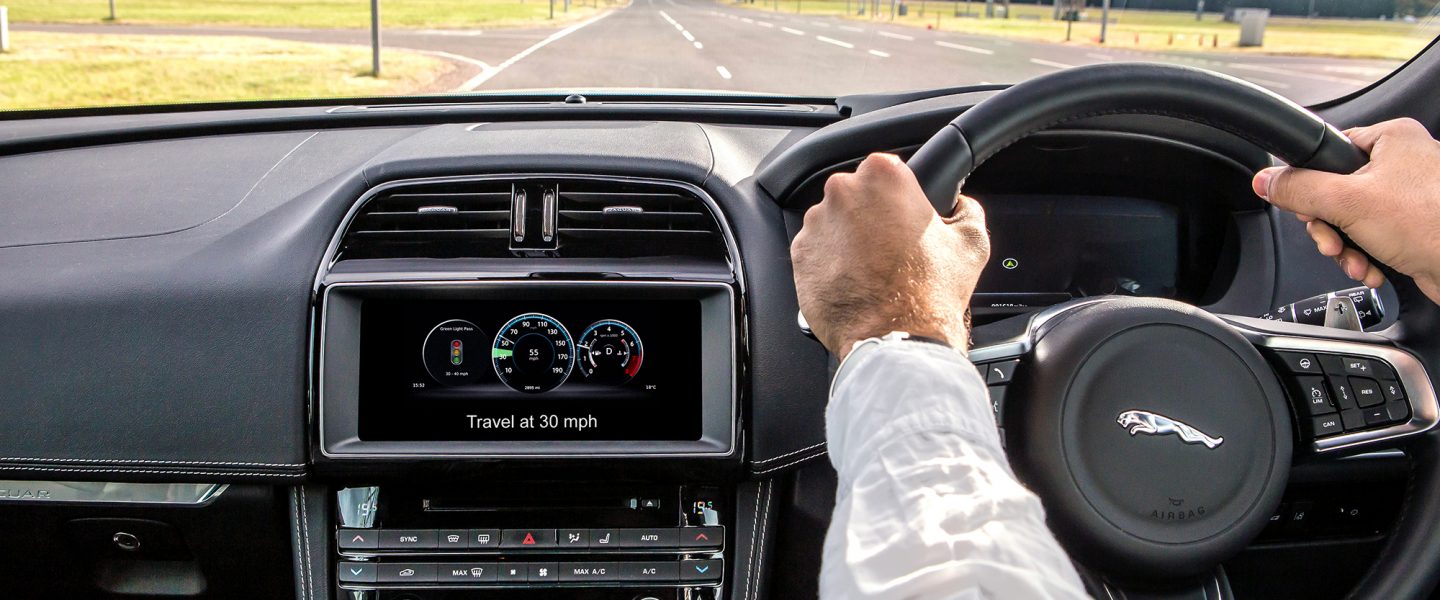I couldn’t.
|
Listen To This Story
|
I failed my British driving test nine times. Not 10. That would have been ridiculous.
Though I’d never owned a car, I’d already been driving in the US for over 30 years, having passed the Massachusetts test (on the second go) when I was 17. But after moving to the UK, my US license became invalid after a year.
I’d gotten married in England and for the first couple of years my wife and I had done fine without a car, hitching rides with her parents or availing ourselves of London’s celebrated public transport.
But two years in, with newly arrived twins, we needed our own wheels (besides the double buggy), and I had to get a license.
The British driving test is notoriously difficult, tougher than most American tests (it’s different in every state), but it isn’t like learning how to fly an F-16.
It could well have been. From the start I had problems with the narrow roads, the differing speed limits, the bus lanes (stray into one and you’re liable for an £80 ($96) fine, as I learned to my detriment).
I’d stubbornly insisted on getting a gear-shift license, when really all I needed was an automatic, which would have been easier. But I reasoned it made sense to be able to drive any car tossed my way, and I couldn’t help imagining standing in a Cypriot car rental lot by the airport, informed there were no automatics on the island. I admit my nightmares can be literally quite pedestrian.
The lanes, the roads, the parking spaces — everything in Britain is smaller than in the US, except for the cars. Vehicles have bulked up, just as they have elsewhere, but the size of the lanes haven’t adjusted accordingly.
The US has a far higher rate of road fatalities than the UK does, and by some accounts you’re four times as likely to die in a car accident in the US as you are here. Put in that light, I’m thankful for the difficulty of the UK test.
In the city, you’re constantly having to pull over to let a car pass going in the opposite direction. Road markings are more theoretical than helpful, and streets that would be one way in New York aren’t in London.
In the countryside, lanes forged centuries ago for horse traffic are ill-equipped for motor cars of almost any size, and you have to stop and back up to find a place to pull over, allowing another vehicle, as likely to be a tractor as a car, to get through. It can become something of a staring contest to see who’s going to be the one to back up.
In action movies, drivers are always speedily shifting into reverse to back out of a blocked alley or foil a nemesis on a dockside. But in real life I find driving backwards difficult and stressful, like playing a tricky video game that can actually scrape your Volvo.
Only about half the people taking the test pass on their first try. But 85 percent have nabbed it by their third attempt. I was an aberration.
Still, it’s tough. You can fail for “not making effective observations at junctions,” for “not using mirrors correctly when changing direction, for “not having proper control of the steering,” for “incorrect positioning when turning right at junctions,” etc. These aren’t necessarily how I failed; I’m just reading them off their website. My point is, they’re sticklers, those examiners at the Driver and Vehicle Licensing Agency.
When I studied the statistics by age, I discovered that there was an almost exact correlation to the pass rate in reverse degree relating to how old you were when you took it. Put in simpler terms, a 17-year-old is better at learning new tricks than a 50-year-old is.
Having said that, there’s a reason younger people incur higher insurance rates than older drivers do: they’re statistically more likely to get into accidents. It might be tougher to teach old dogs new tricks, but once they learn them, they tend not to trick themselves into a mishap.
I found accounts online by British drivers of how ridiculously easy they found the US test. “The practical test was a joke,” wrote one incredulous expat. “I took the car round the block making right turns only in a 30mph zone no manoeuvring no nothing except 4 turns and I clipped the kerb twice. I was then given my US Texas License.”
But the UK isn’t the country with the hardest test; apparently Croatia, Brazil, Hungary, and six other countries are actually tougher. But the US is one of the easiest, surpassed only by Mexico, Qatar, and Latvia.
Brits are wary of American drivers, and there was widespread resentment in 2019 after American Anne Sacoolas, driving on the wrong side of the road, killed a 19-year-old man on his motorbike. A former spy and wife of a CIA agent stationed at the US military base RAF Croughton, she was whisked out of the country before she could be charged. After three years of wrangling she was recently sentenced by video link to an eight-month prison term. Having refused to return to the UK, she’s unlikely to serve it.
 The US has a far higher rate of road fatalities than the UK does, and by some accounts you’re four times as likely to die in a car accident in the US as you are here. Put in that light, I’m thankful for the difficulty of the UK test.
The US has a far higher rate of road fatalities than the UK does, and by some accounts you’re four times as likely to die in a car accident in the US as you are here. Put in that light, I’m thankful for the difficulty of the UK test.
It took me so long to get my license, I had to retake my theory test, as the certificate is only valid for two years. During that time they’d actually changed the driving test to make it even more difficult, introducing something called “independent driving,” in which the examiner gives you a series of directions to memorize and follow (“Turn left at the third traffic light, then take the first right and then the second left.”).
This is now more easily performed with the help of a sat-nav, but when I took the test I had to remember all the directions, and I have problems remembering a five-item shopping list, never mind street directions.
Every time I failed another test, I’d have to wait four or five months to schedule a new one. The only time it was easy to get an appointment was during the European Championships, when prospective English drivers stayed home to watch soccer. I scored a slot during the England-Italy game. Italy won. I failed.
After the ninth indignity, a kind of fever broke. I just got it. It was like finally learning how to ski or ride a bike, getting over the fear of getting it wrong.
So on my 10th go, calm as a cucumber, I aced it, driving with the suave confidence of a chauffeur driving a Rolls — or a pilot steering an F-16, albeit keeping to the posted speed limits and out of the bus lanes.
My wife doesn’t drive, having given up after failing her first test some years ago. But I assume she could probably nail it more easily than I could. In any case, my record is tough to beat. But remember, it was only nine times, not 10. I’m not an imbecile.
—
J.B. Miller is an American writer living in England, and is the author of My Life in Action Painting and The Satanic Nurses and Other Literary Parodies.




